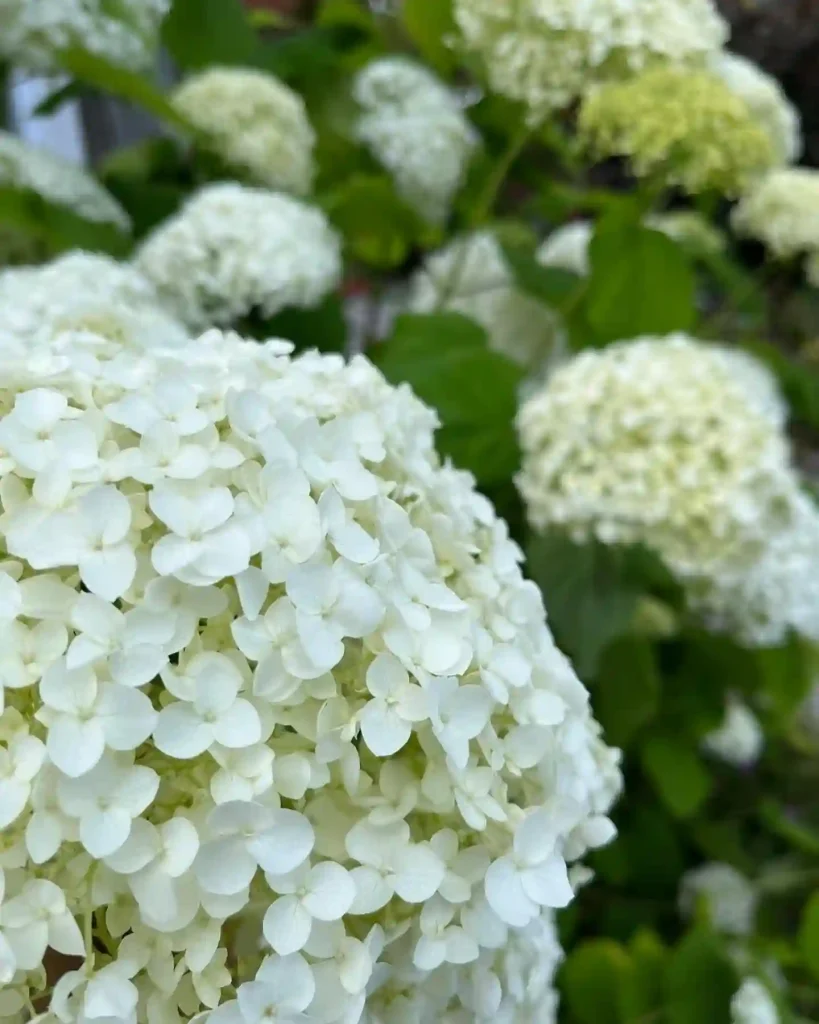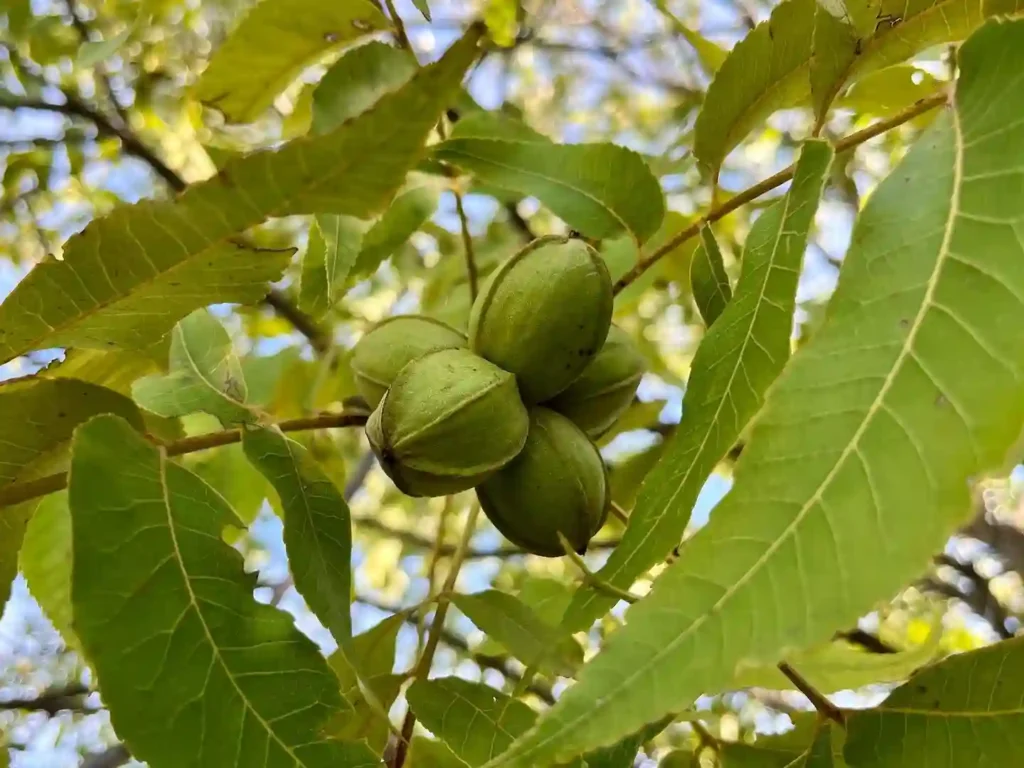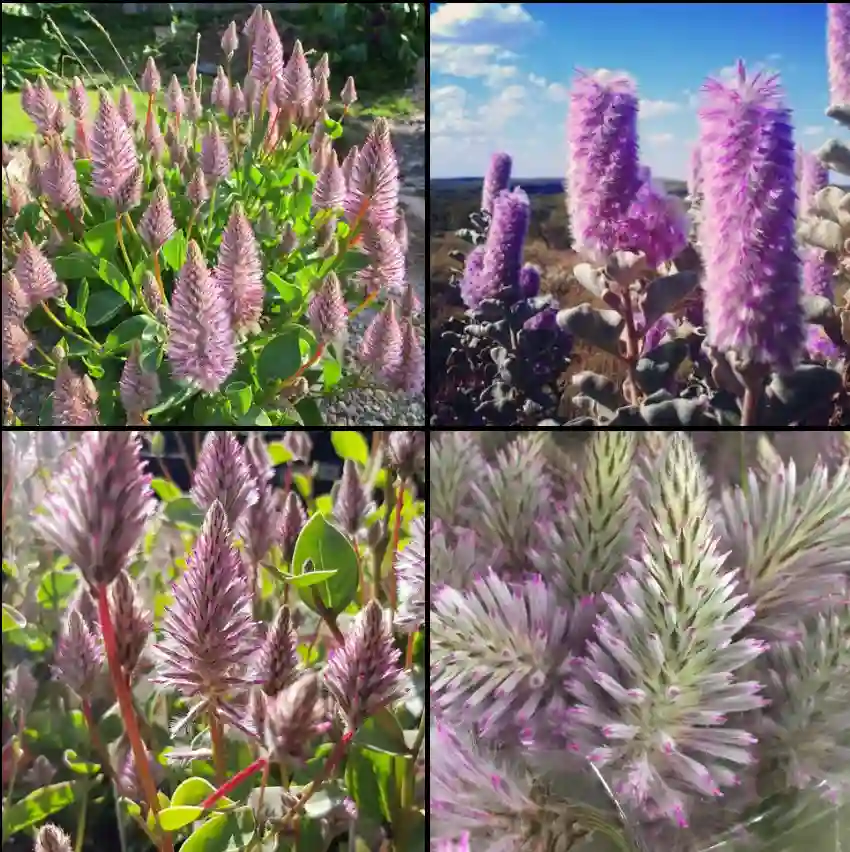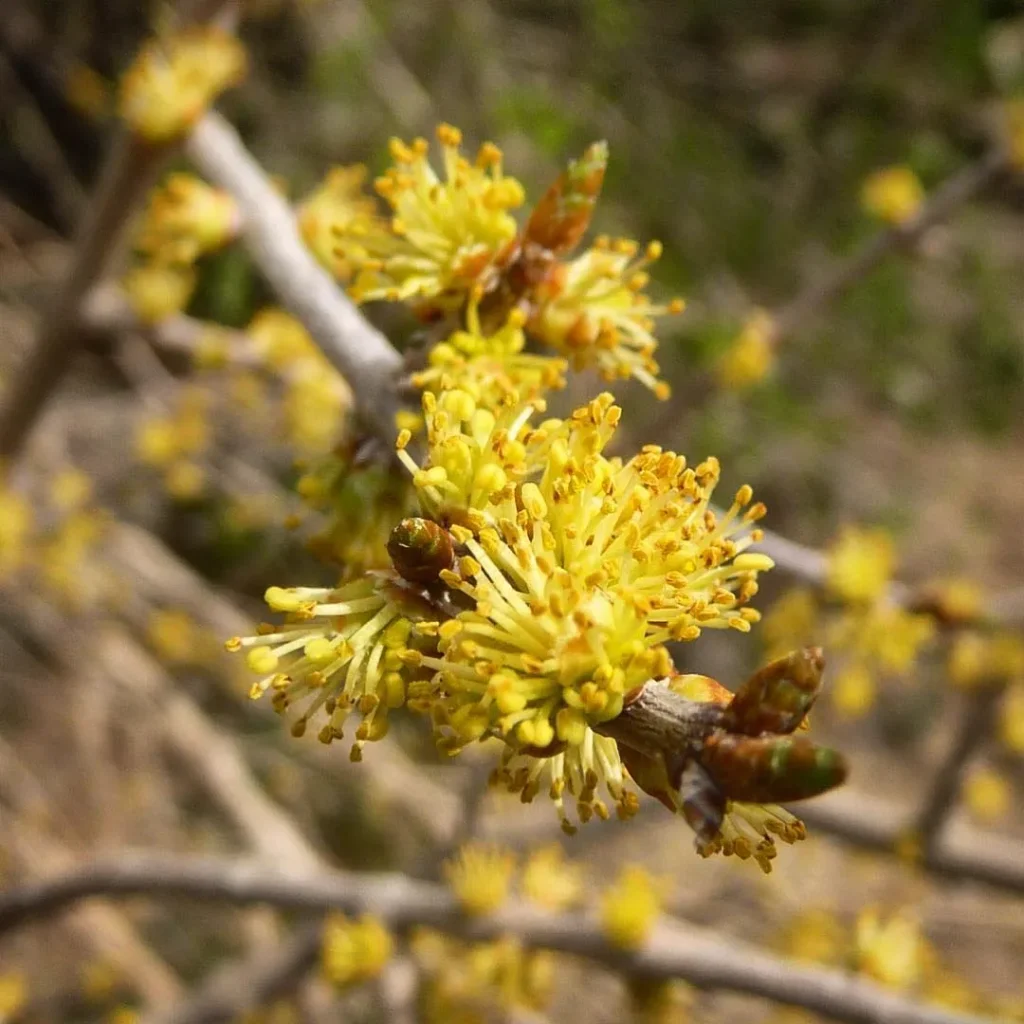Tigridia: A Fleeting Beauty I Can’t Resist
My name is Ferb Vu, and I’m a gardener with a passion for unusual and vibrant flowers. While roses and lilies have their charm, I’m drawn to the fleeting beauty of more unique blooms. That’s why I’ve become fascinated by the Tigridia genus. These flowers belong to the Iridaceae family, also known as tiger flowers or peacock flowers, are native to Mexico and Central America, and they boast a captivating display of colors and patterns that rival even the most exotic butterflies.
What strikes me most about Tigridia is their ephemeral nature. Each blossom lasts only a single day, opening in the morning and closing by nightfall. This fleeting existence adds to their allure, reminding me to appreciate the beauty of the present moment. It’s like a daily performance, a brief but spectacular show of nature’s artistry.
A Kaleidoscope of Colors
The genus Tigridia encompasses roughly 62 species, each with its own unique characteristics. Some of the most notable species include:
- Tigridia pavonia: This is the most commonly cultivated species, known for its large, triangular flowers that come in a wide array of colors, including red, orange, yellow, pink, and white. The petals often feature intricate spots and markings, resembling the eyes on a peacock’s tail.
- Tigridia lutea: This species boasts bright yellow flowers with deep red spots at the base of the petals.
- Tigridia violacea: As the name suggests, this species showcases beautiful violet-colored flowers with darker purple spots.
- Tigridia mexicana: This species is known for its smaller, more delicate flowers, typically in shades of orange and yellow.
- Tigridia vanhouttei: This species features striking red flowers with a yellow center and dark spots.
- Tigridia albicans Ravenna
- Tigridia alpestris Molseed
- Tigridia amatlanensis Aarón Rodr. & García-Mend.
- Tigridia arequipensis Montesinos, A.Pauca & Revilla
- Tigridia augusta Drapiez
- Tigridia azufresensis López-Pérez & Munguía-Lino
- Tigridia bicolor Molseed
- Tigridia catarinensis Cruden
- Tigridia chiapensis Molseed ex Cruden
- Tigridia chrysantha Cruden & S.J.Walker ex McVaugh
- Tigridia citrina (Cruden) Goldblatt
- Tigridia coerulea Goldblatt
- Tigridia convoluta (Ravenna) Goldblatt
- Tigridia conzattii (R.C.Foster) Goldblatt
- Tigridia dugesii S.Watson
- Tigridia durangensis Molseed ex Cruden
- Tigridia ehrenbergii (Schltdl.) Molseed
- Tigridia estelae López-Ferr. & Espejo
- Tigridia flammea (Lindl.) Ravenna
- Tigridia fosteri Goldblatt
- Tigridia galanthoides Molseed
- Tigridia gracielae Aarón Rodr. & Ortiz-Cat.
- Tigridia hallbergii Molseed
- Tigridia heliantha (Ravenna) Goldblatt
- Tigridia hintonii Molseed
- Tigridia huajuapanensis Molseed ex Cruden
- Tigridia huyanae (J.F.Macbr.) Ravenna
- Tigridia illecebrosa Cruden
- Tigridia immaculata (Herb.) Ravenna
- Tigridia inusitata (Cruden) Ravenna
- Tigridia latifolia (Weath.) Goldblatt
- Tigridia longispatha (Herb.) Goldblatt
- Tigridia mariaetrinitatis Espejo & López-Ferr.
- Tigridia martinezii Calderón
- Tigridia matudae Molseed
- Tigridia meleagris (Lindl.) G.Nicholson
- Tigridia minuta Ravenna
- Tigridia molseediana Ravenna
- Tigridia mortonii Molseed
- Tigridia multiflora (Baker) Ravenna
- Tigridia nanchititlensis Aarón Rodr. & Szeszko
- Tigridia oaxacana (Molseed) Goldblatt
- Tigridia orthantha (Lem.) Ravenna
- Tigridia pearcei (Baker) Ravenna
- Tigridia philippiana I.M.Johnst.
- Tigridia potosina López-Ferr. & Espejo
- Tigridia pugana Aarón Rodr. & Ortiz-Cat.
- Tigridia pulchella B.L.Rob.
- Tigridia purpusii Molseed
- Tigridia purruchucana (Herb.) Ravenna
- Tigridia raimondii Ravenna
- Tigridia rzedowskiana Aarón Rodr. & Ortiz-Cat.
- Tigridia seleriana (Loes.) Ravenna
- Tigridia suarezii Aarón Rodr. & Ortiz-Cat.
- Tigridia tepoxtlana Ravenna
- Tigridia tuitensis (Aarón Rodr. & Ortiz-Cat.) Goldblatt
- Tigridia venusta Cruden
Cultivating Tigridia: A Rewarding Challenge
Growing Tigridia can be a bit challenging, but the rewards are well worth the effort. These plants thrive in well-drained soil and full sun exposure. They require regular watering, especially during dry periods, but it’s crucial to avoid overwatering, which can lead to bulb rot.
In colder climates, Tigridia bulbs need to be dug up in the fall and stored indoors over the winter. This ensures their survival and allows for replanting in the spring. While this extra care might seem daunting, it becomes a labor of love when those vibrant blooms emerge.
The Allure of Ephemeral Beauty
The fleeting nature of Tigridia blossoms might seem like a drawback, but I find it to be a source of fascination. Their short lifespan teaches me to appreciate the beauty of impermanence. Each day brings a new flower, a new display of color and form. It’s a reminder that beauty can be found in the transient, in the ever-changing nature of life.
For me, gardening is a way to connect with nature, to observe its cycles and rhythms. Tigridia exemplifies this connection, reminding me that beauty can be fleeting but also incredibly powerful. Each bloom is a small miracle, a testament to the resilience and artistry of the natural world.
As I continue to cultivate these captivating flowers, I’m constantly amazed by their diversity and resilience. They may be delicate in appearance, but they possess a strength that allows them to thrive in a variety of conditions. And though their beauty is short-lived, it leaves a lasting impression, a reminder to cherish the present moment and find joy in the ephemeral wonders of the natural world.
If i die, water my plants!



